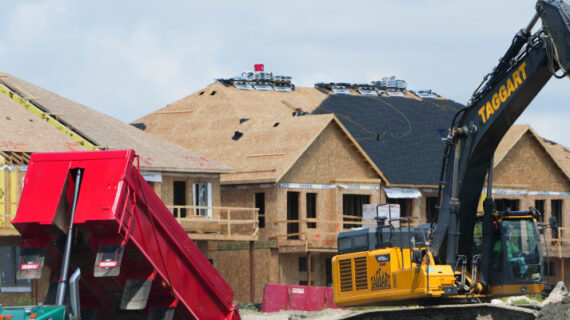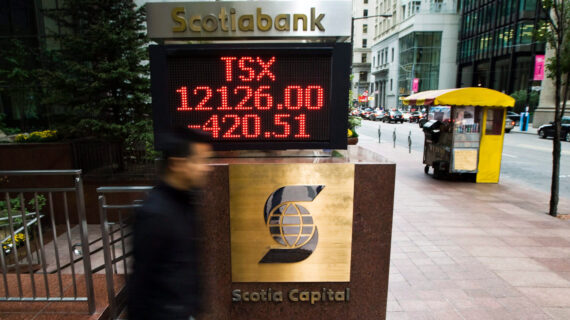When the New York Times ran a feature encouraging its writers to admit things they got wrong, we were equally intrigued and annoyed. What a great idea — why didn’t we think of that?! That’s exactly the spirit we want to encourage at The Hub. We know we won’t be right about everything, but we want to admit it when we get something wrong and we want to figure out why we were off base. So, this week, we’ll be borrowing the Times’ idea and running essays from our writers and staff about the things we got wrong. Please, enjoy our blunders.
I was wrong about inflation. But wrong for interesting reasons.
Late last year, writing for The Hub, I offered a prediction that inflation would fall in 2022. At the time, inflation was running at 4.7 percent. Today, it’s over 8.1 percent. That’s anything but a decline. And while the year is not out, it appears a near certainty that inflation will not return to a normal range by the end of this year.
So how did I get it so wrong? Offering a prediction at all was probably my first mistake! “Making economic predictions is often a fool’s errand,” I wrote. But let me unpack the data to explain how inflation rose so much and may end the year still well above the normal 1 to 3 percent range.
As I wrote last December, energy is the largest contributor to the rich world’s high inflation rate. In Canada, I calculate this accounts for 2.6 percentage points of the overall 8.1 percent rate in June. Add in all the indirect effects that energy has on the price of goods and services throughout the economy, and you might explain roughly 4 percentage points of the current high inflation.
Throughout 2022, energy prices have increased dramatically. Not entirely due to Russia’s invasion of Ukraine, to be clear, but that’s a key driver in recent months. In fact, commodity prices on the whole have increased through 2021 and 2022 at a faster pace than at any point in Canadian history. Seriously. Commodity prices were also the single largest reason why the Bank of Canada’s own forecast missed the mark.
But inflation pressures are broader based than this, and broader than I previously would have anticipated. Currently, about three in four products tracked by Statistics Canada are experiencing year-over-year price increases above three percent. And wage pressures may also be adding fuel to the fire, with services prices (excluding shelter services) rising at well over 4 percent.
Could inflation still fall back to normal by the end of the year? Who knows. But that does not appear likely.
If oil prices fall—a lot—then that would help. If by November world oil prices fall to, say, 60 dollars per barrel then this would pull inflation down roughly 3.5 to 4 percentage points from today’s high. And if home prices fall 15 percent by the end of the year (bringing us back to early-summer 2021 levels, on average) then this would subtract another percentage point or so, getting us back near a normal range.
While possible, neither appears likely. The market, for example, expects oil to be around 90 dollars per barrel by the end of the year (at the time of writing).
Where inflation goes from here is subject to incredible uncertainty. Central banks around the world are tightening, quickly. And energy markets are increasingly volatile. But it’s fairly clear my previous prediction was wrong, but hopefully for interesting (and informative!) reasons.




